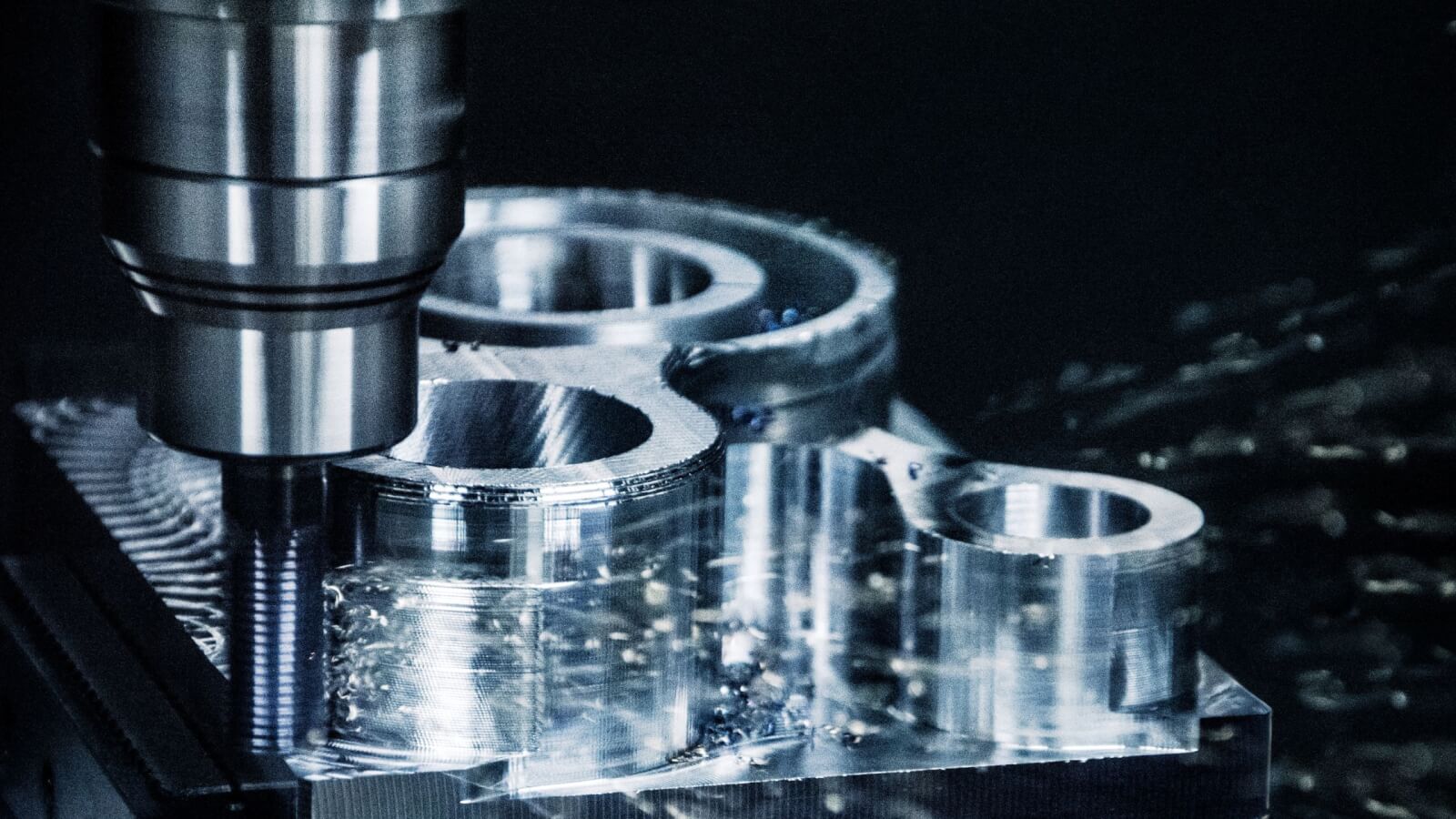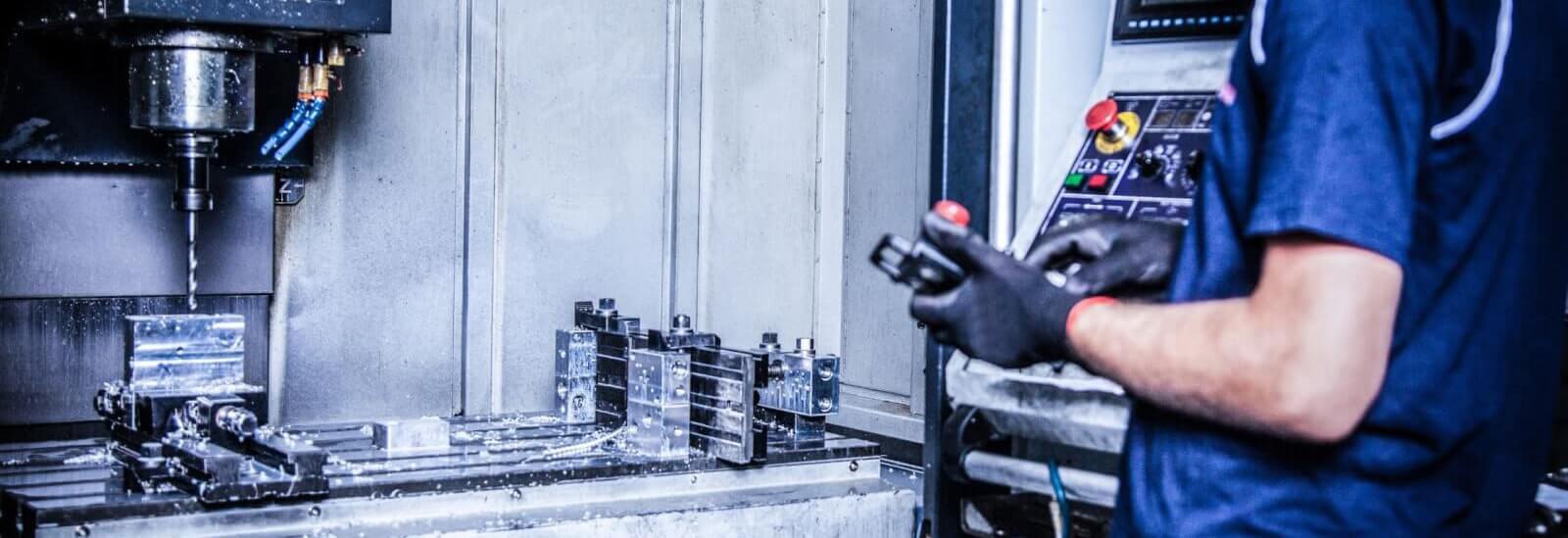Fasteners and Machining: Integrating Accuracy and Strength in Manufacturing
Fasteners and Machining: Integrating Accuracy and Strength in Manufacturing
Blog Article
Mastering the Art of Fasteners and Machining: Advancements and Ideal Practices
In the world of industrial production and design, the proficiency of fasteners and machining is a foundation of making certain structural stability, performance, and longevity in numerous applications. As innovation breakthroughs and demands for efficiency and accuracy boost, remaining abreast of the most recent innovations and ideal methods in attachment and machining comes to be imperative. From the advancement of fastening innovations to the details of selecting one of the most suitable products, the landscape of modern-day manufacturing is constantly progressing. Join us as we check out the current advancements and dig into the nuanced world of mastering fasteners and machining, revealing crucial understandings and approaches that can boost your strategy to engineering options.
Development of Fastening Technologies
Throughout the industrial revolution and into the modern-day era, the evolution of attaching technologies has been noted by constant developments in performance and reliability. Fasteners, such as bolts, rivets, and screws, play a vital role in various industries, including automotive, aerospace, building, and electronics. The need for more powerful, extra long lasting, and easier-to-install attachment solutions has driven advancement in the area.
One significant development has been the change in the direction of accuracy machining methods to create bolts with higher tolerances and superior efficiency. This shift has allowed makers to create fasteners that fulfill rigorous high quality criteria and deal enhanced resistance to deterioration and exhaustion.
Furthermore, the introduction of sophisticated materials, such as titanium alloys and compounds, has transformed the abilities of fasteners. Fasteners and Machining. These materials provide extraordinary strength-to-weight proportions, making them suitable for applications where reducing weight is essential without endangering architectural stability
Innovations in Machining Methods
In the realm of industrial manufacturing, the constant evolution of machining methods has actually paved the method for unprecedented precision and effectiveness in the manufacturing of fasteners. This specific control allows makers to create facility and complex bolt layouts with ease.

In addition, the fostering of multi-axis machining facilities has actually enabled synchronised reducing procedures from numerous angles, further improving efficiency and lowering production times. By utilizing these innovative machining methods, manufacturers can satisfy the increasing need for top quality bolts while keeping cost-effectiveness in their procedures.
Selecting the Right Bolt Products
Choosing the ideal product for fasteners is an essential decision that considerably influences the performance and longevity of the set up elements. When choosing the ideal bolt product, numerous factors must be taken into consideration to guarantee the resilience and integrity of the end product. The product chosen ought to be compatible with the environmental conditions the fasteners will be revealed to, such as temperature level variants, wetness degrees, and destructive components.
Usual products utilized for fasteners include stainless-steel, carbon steel, aluminum, and titanium, each offering one-of-a-kind homes that suit different applications. Stainless-steel, for instance, is known for its deterioration resistance, making it suitable for outdoor or aquatic settings. Carbon steel is an economical choice appropriate for lots of general-purpose applications. Light weight aluminum is light-weight and often made use of in markets where weight is a vital factor. Titanium, on the other hand, is extremely strong and corrosion-resistant, making it suitable for high-performance applications.
Enhancing Precision in Machining
Achieving optimal accuracy in machining is vital for ensuring the top quality and efficiency of machined components. Accuracy in machining refers to the capacity to constantly generate parts within limited resistances and with high precision. To boost precision in machining, producers utilize a variety of sophisticated strategies and modern technologies. One trick method is utilizing Computer Numerical Control (CNC) devices, which provide remarkable accuracy and repeatability contrasted to standard hands-on machining methods. CNC devices are programmable and can carry out complicated machining procedures with marginal human treatment, leading to higher precision levels.
In addition to CNC machining, using advanced cutting devices and device holders can also substantially enhance accuracy. High-quality cutting devices with innovative finishings reduce friction and wear, causing more specific cuts and dimensional accuracy. Implementing strict top quality control actions throughout the machining see process, such as regular assessments and calibration of tools, assists preserve constant accuracy levels. By focusing on precision in machining, manufacturers can achieve exceptional product high quality, tighter resistances, and improved general efficiency of machined elements.

Finest Practices for Bolt Installment
Precision in machining plays an important role in ensuring the integrity and longevity of fastener setups. One key aspect is the appropriate choice of fasteners based on the details application demands when it comes to finest methods for bolt installment. Using the correct type, size, and product of bolt is important to guarantee ideal efficiency and durability. Fasteners and Machining. Additionally, it is paramount to adhere to supplier standards and recommended torque values during the installment process to stop under-tightening or over-tightening, which can bring about early bolt failing.
Moreover, ensuring that the bolt strings are tidy and cost-free of particles prior to installment is vital to attaining a protected and reliable link. Making use of thread-locking compounds or washing machines can also improve the stability of the bolt assembly. Normal examinations and upkeep of fasteners post-installation are advised to determine any possible problems beforehand and stop costly repairs or replacements in the future. By sticking to these best techniques, manufacturers can maximize the integrity and efficiency of their fastener installments.
Final Thought
By selecting the ideal fastener materials and enhancing precision in machining, manufacturers can accomplish optimal outcomes in their procedures. In general, mastering the art of fasteners and machining entails continuous development and adherence to ideal techniques.
In the realm of commercial manufacturing, the continual development of machining approaches has led the means for unprecedented precision and performance in the production of bolts.Precision basics in machining plays a critical duty in making certain the reliability and longevity of bolt installations. When it comes to best methods for bolt installation, one key facet is the proper option of bolts based on the specific application requirements. By picking the ideal fastener materials and enhancing precision in machining, suppliers can accomplish ideal outcomes in their operations. Generally, grasping the art of bolts and machining entails continual advancement and click here to find out more adherence to ideal techniques.
Report this page